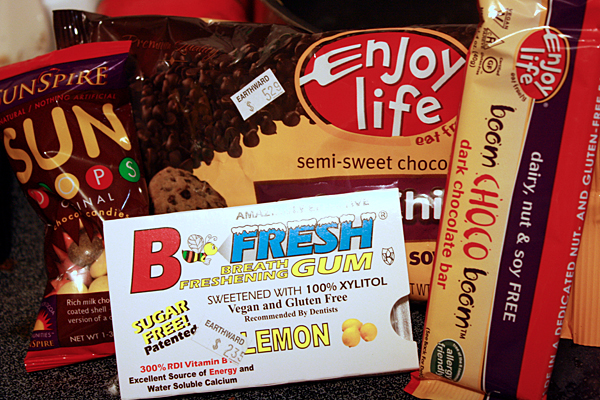Does your child have ADHD or other learning and behavioral problems? Perhaps the Feingold diet, developed by Dr. Benjamin Feingold, can help him overcome these issues.
The basic premise of the Feingold diet is that some children develop sensitivities and allergic reactions to certain types of food. This contributes to problems in behavior, health, and learning, which can be countered by eliminating the foods that create such problems.
The Feingold diet removes artificial colors, artificial flavors, aspartame, petroleum-based preservatives, and salicylates from the diet.
Dr. Feingold and Stephen Lockey found that when salicylates and synthetic food dyes were removed from a patient’s diet, his allergic reactions ceased and he began to display positive behavioral changes.

An Overview Of The Feingold Diet
Dr. Feingold initially used this diet plan for patients with allergies. After becoming completely satisfied with the outcome of the diet, he began using it to treat children who exhibited behavioral problems. This diet is now often used to help children with Attention Deficit Hyperactivity Disorder (ADHD), due to which it is also known as the ADHD diet.
According to the Feingold Association of the United States, 70 out of every 100 people who attempt the Feingold Diet Plan achieve a 90% success rate.
The Feingold diet is divided into two stages.
Stage 1: Eliminating Synthetic Food Additives and Sweeteners
The Feingold Diet Plan eliminates the following additives and sweeteners.
- Synthetic colours made from crude oil
- Artificial flavoring agents such as Vanillin
- Preservatives like BHA, BHT, and TBHQ
- Salicylates, such as those found in aspirin
- Artificial sweeteners like Aspartame
- Food additives such as MSG, sulfites, sodium benzoate, and nitrites
A 1986 study published in the International Journal of Biosocial Research found that by eliminating sugar and additives from a child’s diet, his test scores on a standardized test improved by 15.7 percent.
This study clearly demonstrated that synthetic food additives and sweeteners have a negative impact on a child’s academic performance.
Stage 2: Identifying Salicylates
The second stage of the Feingold diet involves identifying salicylates that are tolerable. Some of these food sources are almonds, apples, tangelos, tomatoes, tea, berries, rose hips, and peaches.

The Feingold Diet – The Process Involved In It
If you decide to put your child on the Feingold diet, begin by eliminating foods that contain artificial dyes, such as toothpaste and vitamins, from his diet. If this does not produce any results, exclude all foods that contain artificial sweeteners, additives, and dyes from your child’s diet.
If this method also fails, stop giving him foods that contain nitrites, sulfites, MSG, corn syrup, and sodium propionate. After a prescribed time period, if you see any improvements in your child’s behavior, try and reintroduce one eliminated food item at a time into his diet. Maintain this eliminated food item in the diet for at least two weeks to determine if your child is allergic to it.
The Feingold diet is definitely an effective way of dealing with some of the behavioral, learning, and health issues faced by children, especially those diagnosed with ADHD. This plan encourages people, children and adults alike, to follow a natural food diet, as this is beneficial to everyone. If your child has behavioral and learning issues, try put him on the Feingold diet.